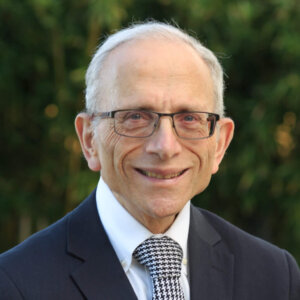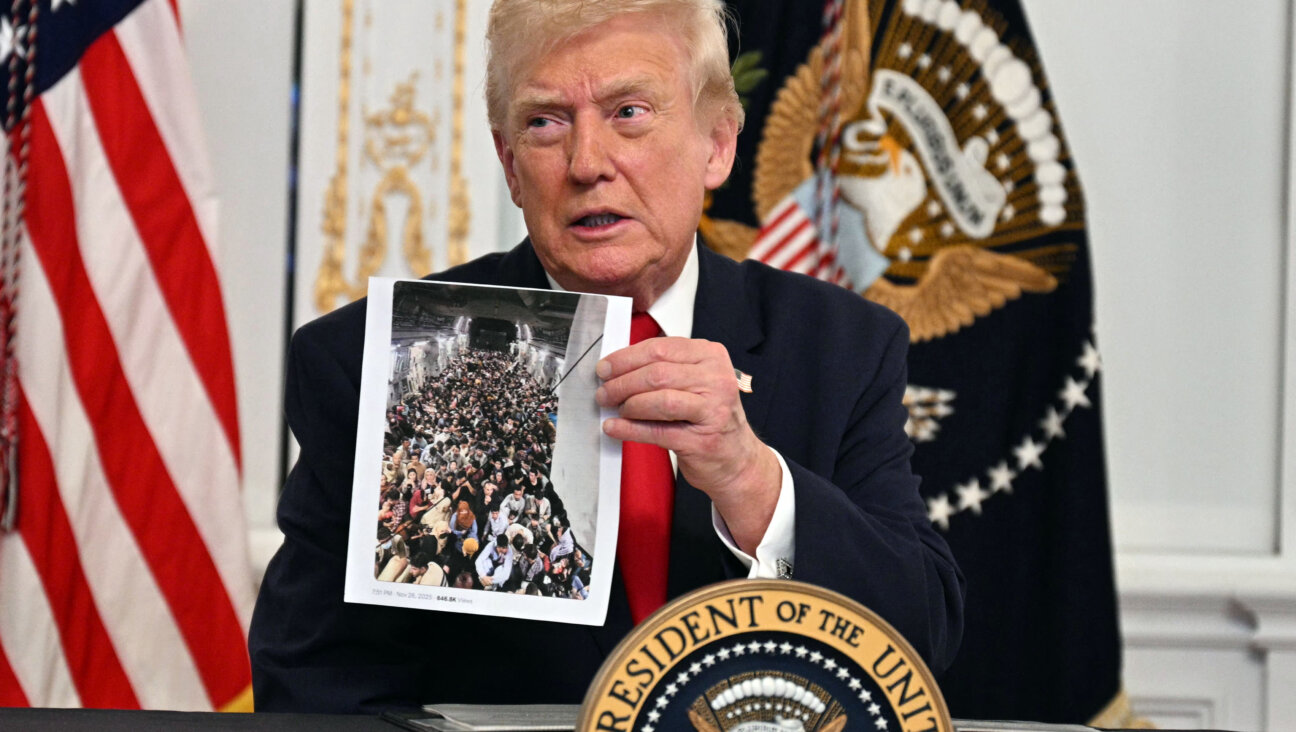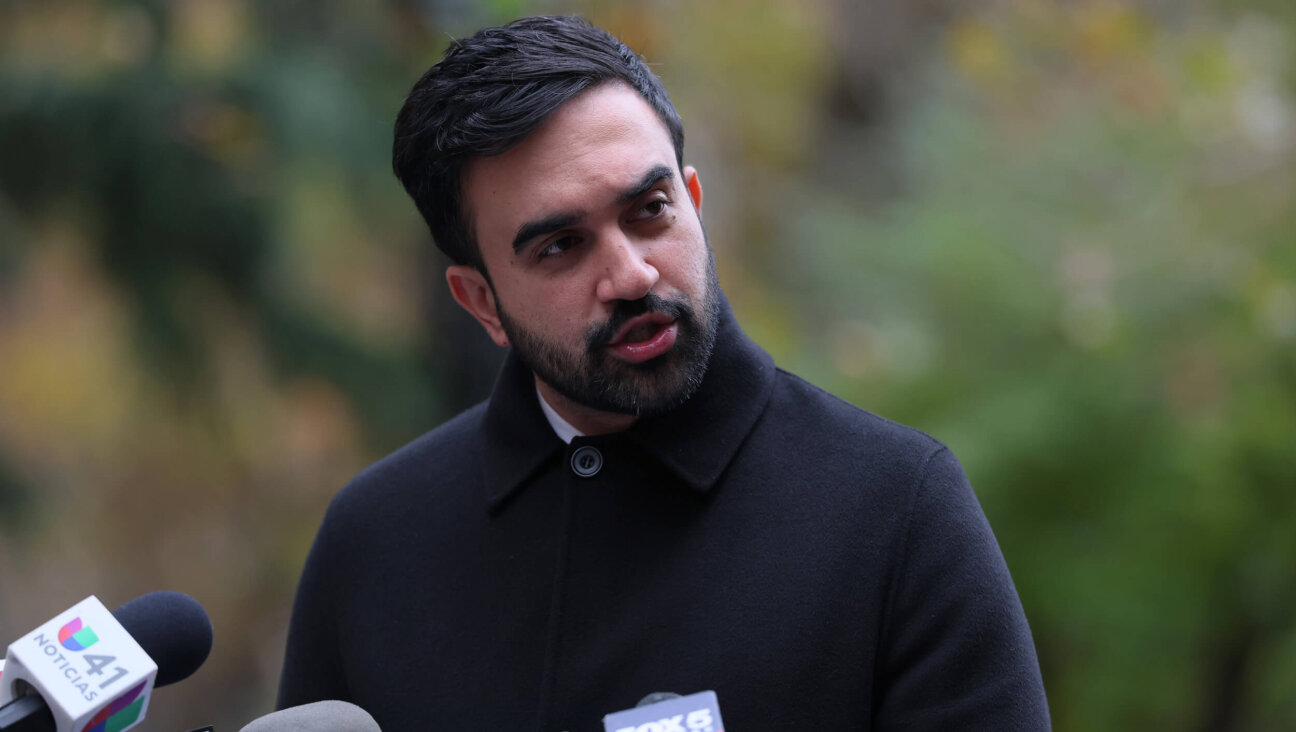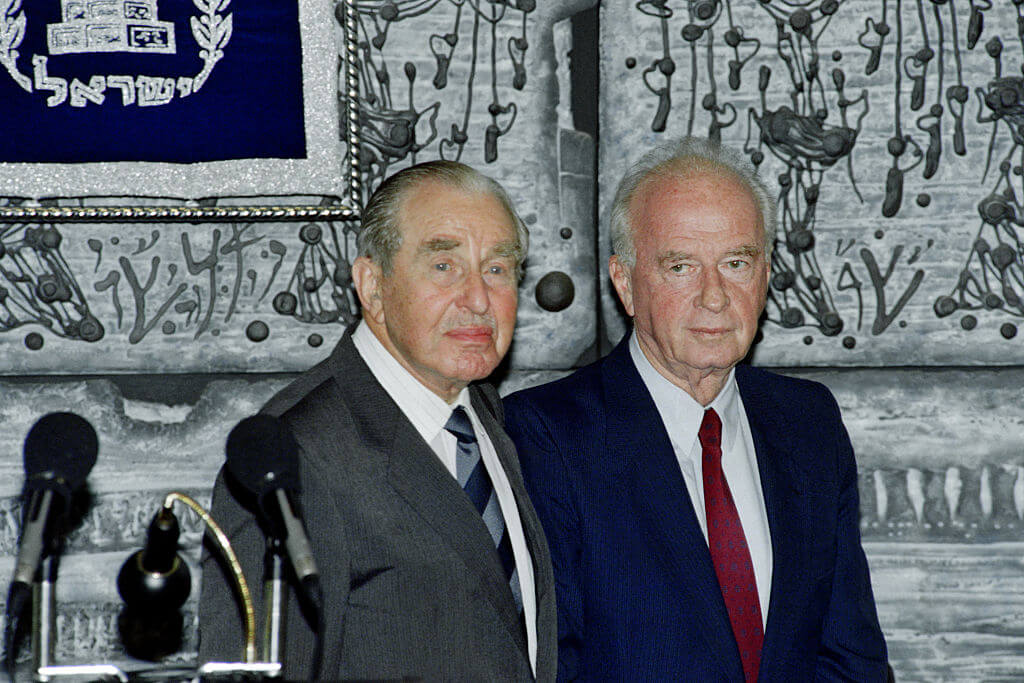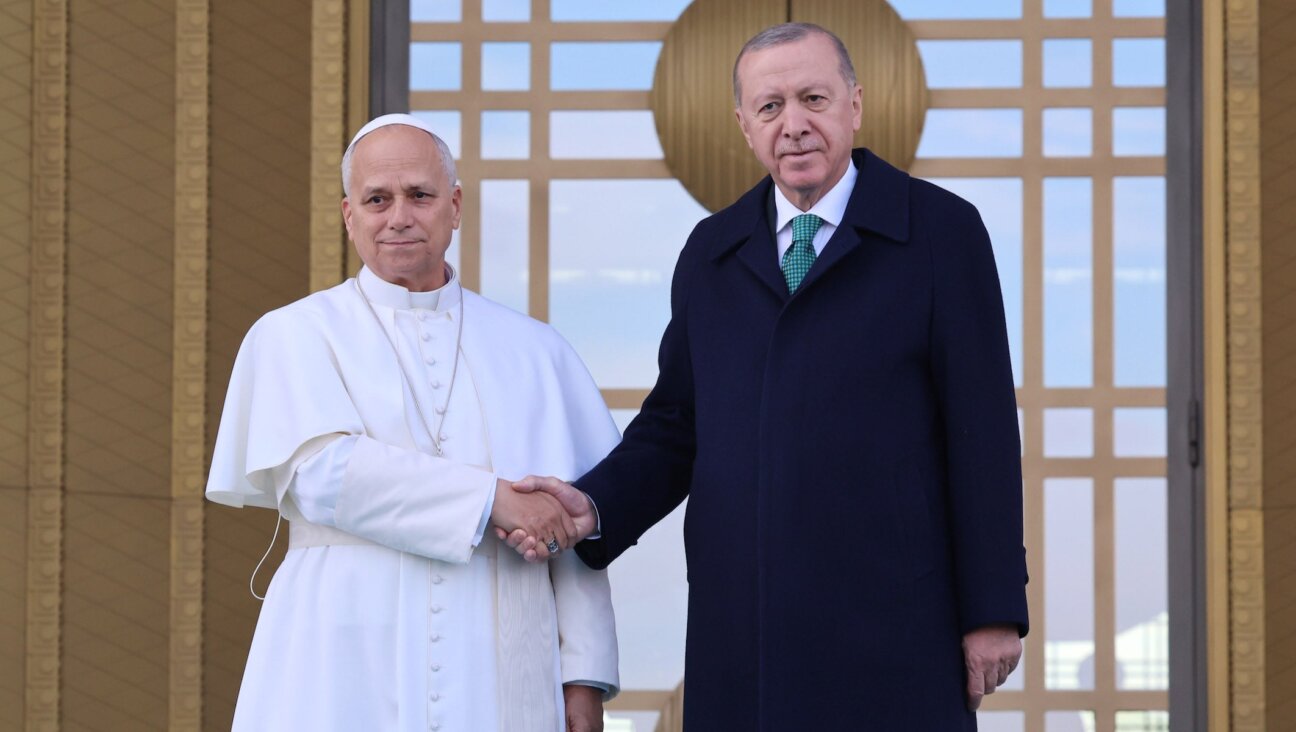With Israel in upheaval, what happens to ‘Next year in Jerusalem’?
The Haggadah’s famous last phrase has always made politics part of the Seder table
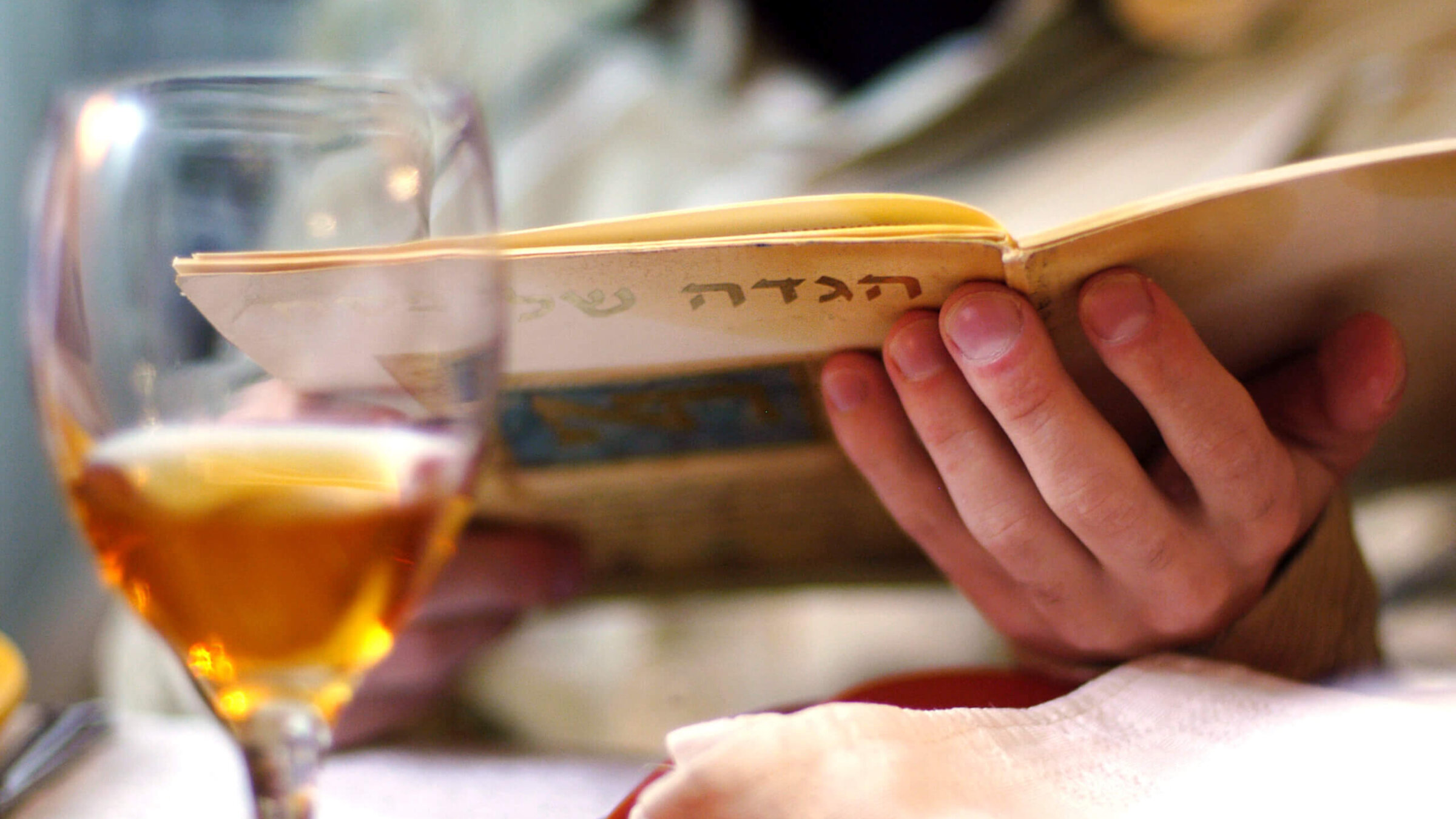
A person reads the Haggadah during the Passover Seder meal. Photo by iStock
Jews traditionally pray “Next year in Jerusalem!” as the Passover Seder approaches its conclusion.
This year, though, some are asking whether they can still use that phrase in good conscience. Will they really look to travel to that holy city next year if the Israeli government’s controversial legislative reforms are enacted?
The Hebrew phrase for “Next year in Jerusalem” — l’shana ha’bah b’Yerushalayim — predates by more than a millennium the current debates over how Israel should be governed. But while the phrase itself may seem deceptively simple, its interpretations and political potency have morphed over hundreds of years, its history illuminating the story of American Jewish life.
Professor Shulamit Elizur of Hebrew University has written in Tarbiz that the old phrase served initially as a popular refrain, much like “Amen.” Before printed texts were common, and prayer book manuscripts were scarce, Jews would spontaneously recite such refrains, reflecting their hope that someday Diaspora Jews would return to Jerusalem and build it anew. This folk practice eventually became an established communal norm. When printed Haggadot appeared, beginning in the 16th century, l‘shana ha’bah bi-Yerushalayim was included in the text.
It was likewise included in the first Haggadah published in the United States. In 1837 the Service for the Two First Nights of the Passover, in Hebrew and English: According to the Custom of the German & Spanish Jews … First American Edition, issued by the New York Jewish printer, Solomon Henry Jackson, printed l’shana ha’bah b’Yerushalayim in prominent Hebrew letters.
Under it appeared a wooden but revealing English translation: “The year that approaches, O bring us to Jerusalem.” This translation placed the onus squarely upon God to bring Jews back to Jerusalem. Unlike “Next year in Jerusalem,” which courted danger by implying that Jews considered themselves not truly at home where they lived in the Diaspora, Jackson’s translation (pirated from one in England) suggested that Jews would depart for Jerusalem only if God personally led them there.
By the 1870s, some Central European Jewish immigrants and their children had lost interest in the traditional Haggadah; celebrations of Passover declined across the United States. In an attempt to change that, the scholarly liberal Rabbi Marcus Jastrow of Philadelphia produced the first stand-alone Reform Haggadah in America in 1878, entitled Family Service for the Eve of Passover. Notedly, however, Jastrow eliminated not only l’shana ha’bah b’Yerushalayim from his Haggadah, but all other references to Zion and to the restoration of the ancient Temple in Jerusalem. His congregants, he suspected, feared any hint of dual loyalty.
Though he personally supported Zionism later in life and also produced a widely used dictionary of rabbinic literature from Babylonia and Palestine, Jastrow’s Haggadah (reprinted as late as 1901) celebrated America, “where the morn of religious liberty has already dawned and is shedding its roseate light over all inhabitants alike.” The word “Jerusalem” appeared nowhere in his text.
Observant Jews maintained the practice of declaring l’shana ha’bah b’Yerushalayim. Until the 1930s, however, no major Haggadah translated it as “Next year in Jerusalem.” Non-Jews reviled the phrase, resenting its implication that American Jews maintained fealty to another nation besides the United States. Literary giants like Herman Melville expressed this animosity clearly in his epic poem Clarel published in 1876, where he wrote with bitter scorn: “Some zealous Jews on alien soil/ Who still from Gentile ways recoil,/ And loyally maintain the dream,/ Salute upon the Paschal day/ With Next year in Jerusalem!”
The first overtly antisemitic tract published in the United States, Telemachus Thomas Timayenis’ The Original Mr. Jacobs: A Startling Exposé, in 1888, also cited “Next year in Jerusalem” as proof that the American Jew was disloyal, for he “has a country that he never renounces.”
The Zionist movement restored “Next year in Jerusalem” to a position of respect. In the wake of antisemitic persecutions, the founder of modern Zionism, Theodor Herzl, yoked the “old phrase” in service of his revolutionary new plan to establish a Jewish state. In response, Haggadot sympathetic to Zionism began to appear in the United States. In 1911, the ninth edition of a popular Haggadah issued by Lillie Goldsmith Cowen — the first Haggadah ever produced and published by a woman — included Naphtali Herz Imber’s Zionist hymn “Hatikvah” on its final page, explaining that the anthem had “touched the Jewish heart the world over.”
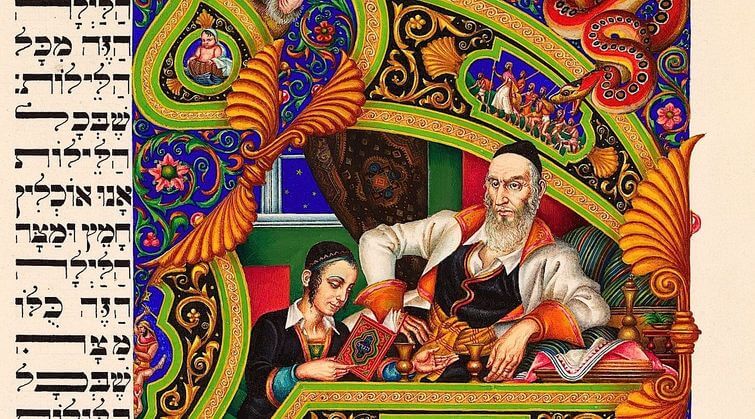
The 1917 Balfour Declaration favoring the establishment of a Jewish homeland in Palestine, along with burgeoning Jewish migration there after the Immigration Act of 1924 severely limited the number of immigrants allowed into the United States, strengthened the Zionist dream. What seemed in the 19th century merely a pious hope, too dangerous to discuss with outsiders, now became a realistic possibility. For the first time in modern history, more East European Jews immigrated to “Jerusalem” (Palestine) in 1925 than to the United States.
As Nazism rose and European Jewry’s prospects continued to darken in the 1930s and ‘40s, “Next year in Jerusalem” transformed from a mere phrase into an urgent necessity, a matter of life and death. Tellingly, the Haggadah prepared by the leading Sephardic rabbi of the United States at the time, Rabbi David de Sola Pool, and his wife Tamar — distributed at government expense by the Jewish Welfare Board to a third of a million American soldiers — not only boldly translated l’shana ha’bah b’Yerushalayim as “next year in Jerusalem,” it also included the text of “Hatikvah.” In the midst of Holocaust and war, the “old phrase” had come to signify life and hope.
With the establishment of the State of Israel, in 1948, “Next year in Jerusalem” transformed once again so as to reflect the lived reality of the new Jewish state. Within a year, Shulsinger Press in New York published an illustrated Haggadah that focused on the physical power of Israel’s Jews. It portrayed the women and men who built and guarded the new Israeli state, including women tilling the soil, a soldier holding a rifle and a guard tower with the flag of Israel fluttering in the distance. The Haggadah’s final page displayed Israel’s 1948 Proclamation of Independence, a text that merits careful study even today.
When the holiest sites of Jerusalem, including the Western Wall of the ancient Temple, came under Jewish control following the Six-Day War in 1967, “Next year in Jerusalem” took on still another new meaning. Some American Haggadot published in the war’s aftermath used words like “miraculous” to describe what had happened; a few framed the dramatic events apocalyptically, as a harbinger of the messianic era. Even the Reform Movement’s New Union Haggadah (1974), edited by Rabbi Herbert Bronstein and illustrated by Leonard Baskin, reflected this upbeat mood. It devoted a full-page spread to “l’shana ha’bah b’Yerushalayim” complete with dancing Hebrew letters and a dreamy landscape of the Old City of Jerusalem restored to Jewish sovereignty.
As Middle East peace proved elusive, however, “Next year in Jerusalem” grew problematic, particularly for Jews of a liberal and progressive bent. Increasingly, the declaration came to embody for them both the maddening complexities of the Arab-Israeli conflict and the widening religious and political divisions within American Jewish society. As a result, translations and interpretations of the phrase became increasingly fraught and complex. At the famed “Women’s Seder” that Esther M. Broner organized for feminists of different political and Jewish religious persuasions in 1976, participants could reach no agreement as to how to proceed with it. In the end, she reported in 1993, they shared bits of matzo and declared Solomonically, “Next year in Jerusalem or wherever your Jerusalem lies.”
Thirty years later, no satisfactory resolution to this problem has been found. Much can nevertheless be learned from the long history of “l’shana ha’bah b’Yerushalayim.” As American Jews gather around the Seder table again this year, one hopes that they, like so many of their predecessors, will find ways to infuse the Haggadah’s “old phrase” with contemporary meanings appropriate to the needs of our time.
To contact the author, email [email protected]
